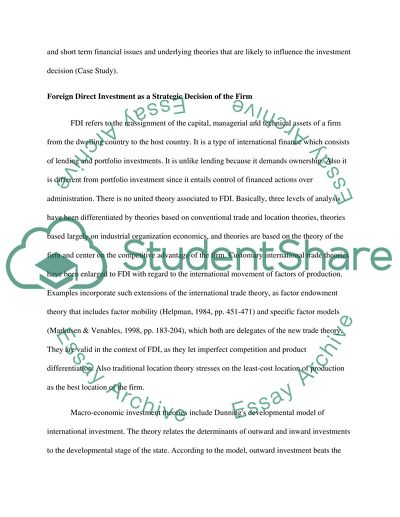Cite this document
(“The Ruritanian Project Coursework Example | Topics and Well Written Essays - 2000 words”, n.d.)
Retrieved from https://studentshare.org/finance-accounting/1397260-the-ruritanian-project
Retrieved from https://studentshare.org/finance-accounting/1397260-the-ruritanian-project
(The Ruritanian Project Coursework Example | Topics and Well Written Essays - 2000 Words)
https://studentshare.org/finance-accounting/1397260-the-ruritanian-project.
https://studentshare.org/finance-accounting/1397260-the-ruritanian-project.
“The Ruritanian Project Coursework Example | Topics and Well Written Essays - 2000 Words”, n.d. https://studentshare.org/finance-accounting/1397260-the-ruritanian-project.


